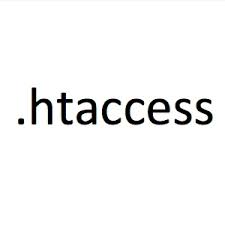WordPress has a very practical performance that allows it to be manipulated through external sources using the xmlrpc.php file. […]


WordPress has a very practical performance that allows it to be manipulated through external sources using the xmlrpc.php file. […]

As we all know the importance of clustered nameservers on cPanel servers. This will be applicable for the user’s having more than one cPanel servers, once you setup DNS cluster then the chances for DNS to appears down will be lowered. […]

Mount is a point to access a filesystem in Linux. You can mount a filesystem on any directory and access material by simply entering to that directory. In Linux terms, these directories are known as mount points. This guide will help you to mount and unmount filesystem in Linux system. […]

Ajaxplorer is basically an open source file sharing software. It allows to share files and documents over internet using web interface. […]
Imapsync is an IMAP transfer tool used for shifting mail boxes and e-mails from one IMAP server to another IMAP server. […]

Sometimes /boot partition gets 100% full on a CentOS/Redhat/Fedora system. To resolve this you can use a yum-utils package to clean up older kernels and configure yum not to keep too many versions. […]

Today in this post we will see how to install Plesk on Linux server : First of all download the auto installer from the following location : […]

We see many PHP URLs without .php extension this can easily be achieved simply adding the following code in .htaccess file. […]

Some times we need to change our website URL without affecting pages SEO. A 301 permanent redirect of page tells the search engines that new URL has taken place of old URL permanently. So search engines will remove old URL’s from there indexes. […]

If you are a system administrator and you have recently set up a LAMP stack on Linux server but you are not sure about its security, Than you are at a rite place. […]